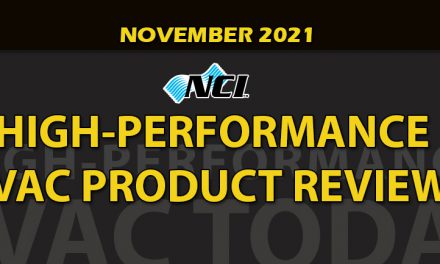Written by HVAC Professionals for HVAC Professionals
Field Controls Barometric Damper Controls
Anyone who has encountered a gas-fired appliance in the field is familiar with a draft hood.

Experts link draft hoods to many health and safety issues within a dwelling, from people developing minor flue like symptoms to more extremes like death.
For a gas-fired unit to operate correctly, dilution air is a necessity. Air from the room must go through the draft hood and mix with the flue gas.
The problem with draft hoods is they can’t control how much air goes in — there is a point where too much enters the draft hood and prevents the flue gas from exhausting the unit, creating carbon monoxide (CO).
Another name for barometric damper controls – like the Field Controls Type MG1 – is draft regulators. They replace the draft hood on traditional natural draft equipment. It controls how much dilution air mixes with the flue and controls combustion air to the burners. It is a simple but very effective way to provide safety and efficiency to the end user.
This control is designed to be double-acting for natural gas and propane systems and single-acting for oil. You can order barometric dampers in sizes from 4 to 32-in.
By installing a damper such as the Type MG1, heat transfer can improve by slowing down the flue gases produced by the appliance. You could provide maximum safety using an additional thermal spill switch attached to the barometric. If flue gas leaks from the barometric damper control, the thermal switch will sense the increase in temperature and shut the unit down.
Learn more about the Field Controls Type MG1 barometric damper control here: ncilink.com/MG1
— by Casey Contreras, instructor, National Comfort Institute













Recent Comments